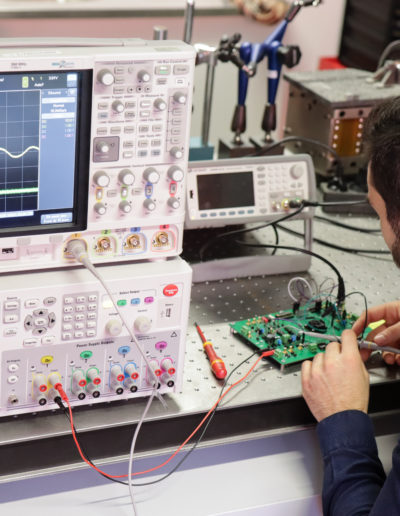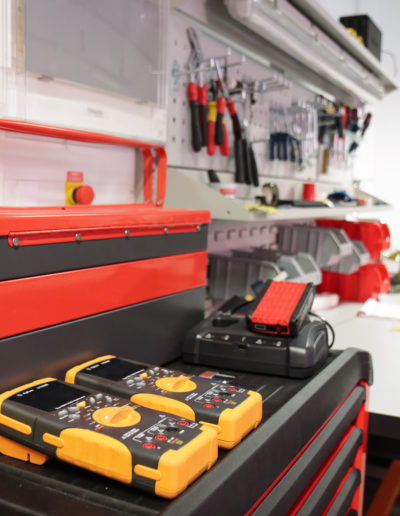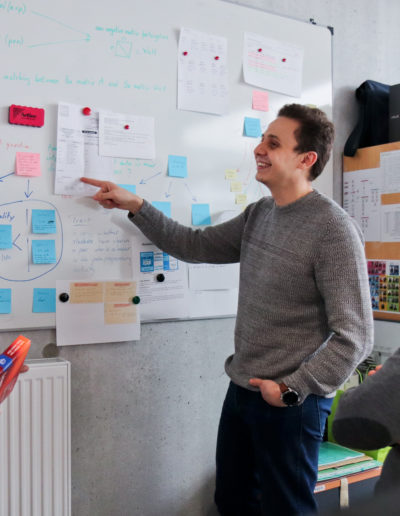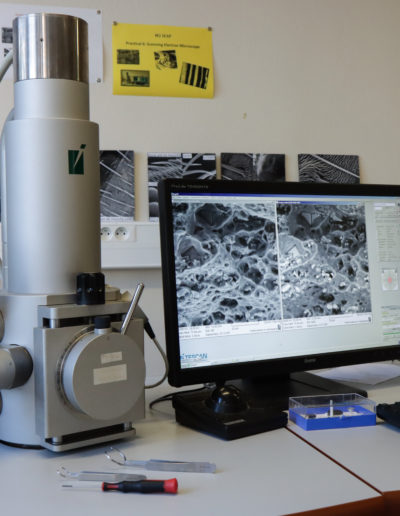Copyright : Fresh Influence
XP2P Project Presentation
XP2P, or “Crossing borders: peer-to-peer education in mechatronics” is a project, funded by the Erasmus + Programme of the European Union.
It aims to further develop students’ inter-social, teamwork and autonomy skills through peer learning, group projects, competency eportfolio and competency assessment.
This project is coordinated by the French university, Université Savoie Mont Blanc, in collaboration with their partners from Romania, Universitatea Tehnica Cluj-Napoca, and from Germany, Hochschule Kaiserslautern-University of Applied Sciences.
Peer to Peer learning
Peer learning, i.e. learning with and from each other, is one of the most important forms of learning.
It’s an active learning method in which participants teach each other through lessons and collaborative projects. Students learn effectively when explaining a topic to someone else. It helps them to develop skills regarding teamwork and autonomy.
The aim of the XP2P project is to implement peer-to-peer learning during a semester/module for post-graduate students in mechatronics. This project will grow around 3 major items.
Student projects
Students will take part in collaborative projects proposed by partners’
staffs or by their partner companies. They are the perfect opportunity to train each other by solving problems as a group.
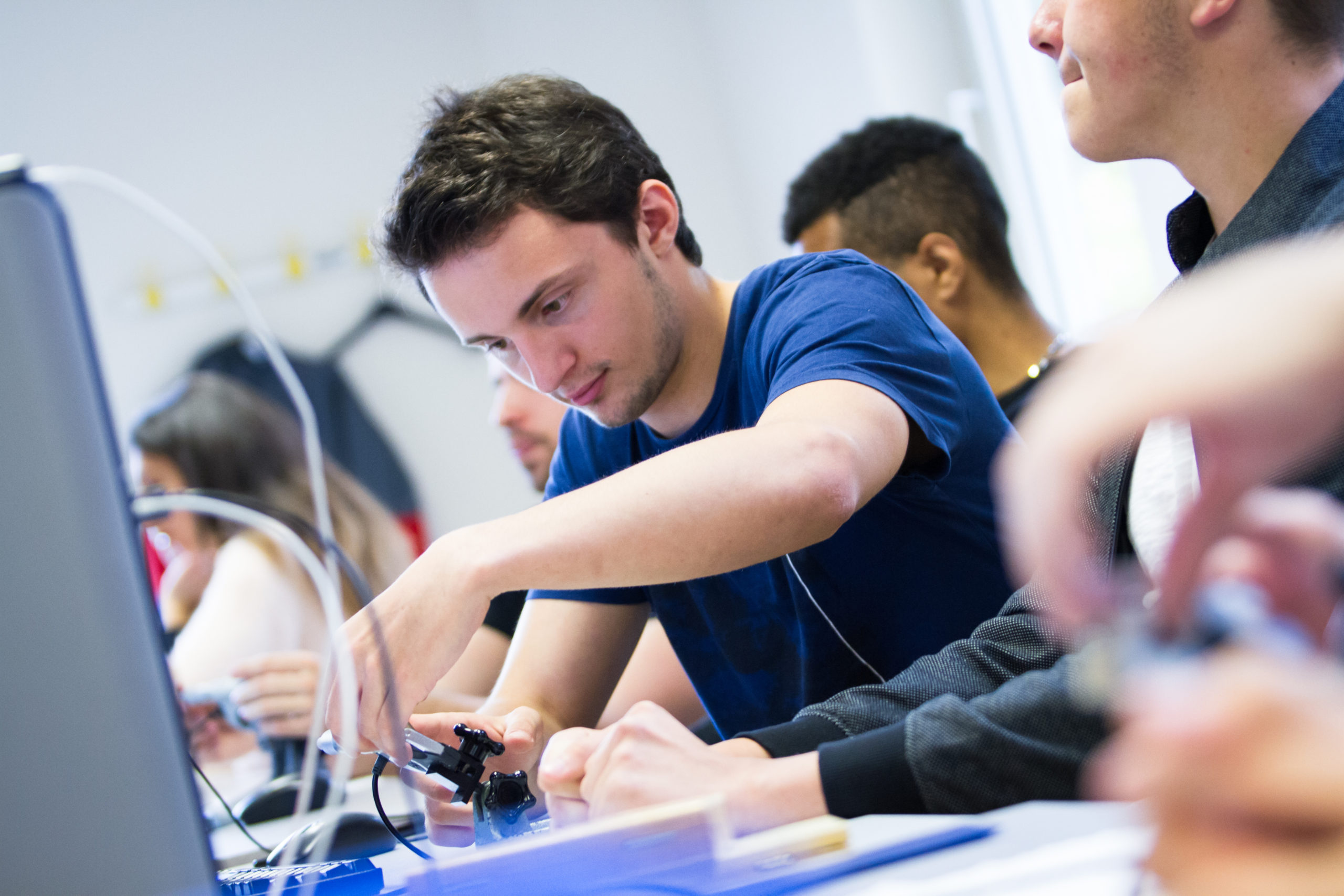
© USMB
Why Peer to Peer learning?
Peer learning allows both students and teachers to explore new ways of learning.
Students
Students will be able to acquire transversal skills such as :
– Social skills (negotiation, autonomy within a group, teaching)
– Management skills (resources, time, coworkers)
– Systems skills (judgement and decision-making)
Teachers
Teachers will also benefit from P2P. Their teaching skills will increase through this student-centered teaching, by working with students coming from various background, countries and disciplines.
Employers
Employers, as well as laboratories, will benefit from the increased competencies of graduated students in complex and collaborative problem solving.
They will know that students from XP2P know how to work in a group while remaining autonomous.
© Alice Treuvey – USMB
Intellectual Outputs
Intellectual Outputs (IO), will be produced by the three partner universities.
An IO is a document detailing a specifig aspect of the project, and is used to assure a common guideline in all universities, as well as a template to collect and analyze results.
They will be accessible through the websites of each of three partners universities and presented during multiplier events.
A few examples of Intellectual Output
Competency Portfolio Assessment guidelines
A portfolio, created with all teachers involved, will be available to students. It will serve as a template to assess their growth and be presented as documentation to evalute XP2P and its effectiveness.
It’s also an invaluable tool for their future career.
Methodological Framework
The methodological framework will pave the way for other implementations of XP2P in the future by defining the requirements, the opportunities but also the risks afforded by this innovative teaching approach. It will be a practical handbook with both methods to apply and their results previously obtained.
It will be shared to serve as a guide for implementing XP2P in any university.
Our last articles:
Creation of a European mechatronics network for peer learning and cooperation (O7)
This Intellectual Output (O7) consists in the creation of a post-graduate student international network during the P2P semester/modules. The programme of the semester/module will allow direct networking between the students of the different partners. But it will be...
Academic papers about peer learning in a post-graduate programme in mechatronics (O6)
This Intellectual Output (O6) is an outcome consecutive to the Intellectual Output O4 which deals with a peer learning semester/module through project-based learning in mechatronics in post-graduate programmes of the partners. The partners will write academic papers...
Competency Portfolio Assessment guidelines (O5)
As a consequence of the peer-to-peer learning process, the teaching staff remains in the background to monitor the process and offer guiding assistance where appropriate for the quality for the semester/module. The documentation of the learning process itself is...


